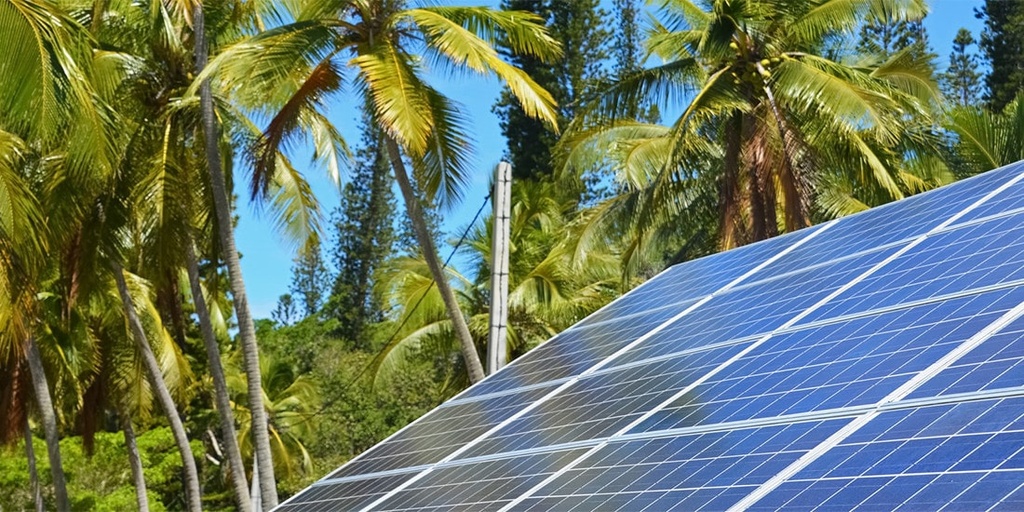Invest in green bonds
- Earth Points
- 30
- Ease
- Medium

Photo by Tech Daily on Unsplash
Description
Companies, organizations, and governments issue green bonds to finance environmental and sustainable projects. In other words, they are raising money to pay for an investment project, promising to pay the money back. These projects may include renewable energy (such as wind and solar), clean transportation, and sustainable forestry.
Individual retail investors cannot buy green bonds directly. Bonds are mostly sold to institutions such as pension funds. Still, you can invest in exchange-traded funds (ETFs) and mutual funds that include green bonds in their offerings. By investing in these funds and getting broad exposure to green bonds, you are helping finance green projects and helping speed up the transition to better ways of living.
Investing in green bond funds can be a part of your overall sustainable investment strategy.
Tips
• First, do some research. Key things to consider are your risk tolerance and your investment horizon. If you are not sure about how to even consider that, then talk with family, friends, or advisors who are knowledgeable. Learn more so you can be smarter with your money!
• When choosing which green bond funds to invest in, pay attention to their inclusion criteria and costs to maintain the fund. For example, does the fund target projects related to clean energy, energy efficiency, pollution prevention and control, sustainable water, or green building? Are the fees reasonable (expense ratio)?
• The financial community has a set of Green Bond Principles that help you understand sustainability investment funds:
-
Use of Proceeds: shows how bond funds can be spent based on eligible projects, such as renewable energy production and transmission, energy efficiency in buildings, or pollution prevention.
-
Process for Project Evaluation and Selection: explains what the green bond issuer should communicate to investors, such as the project’s objectives.
-
Reporting: how are the progress and impact of the green bonds reported (e.g., impact report)?
-
Management of Proceeds: outlines how the funds generated by the bond should be handled.
• Those who issue bonds can get certification for meeting green bond principles under the Climate Bonds Standard and Certification Scheme. Rating agencies like Moody’s and S&P Global Ratings also assess bonds for low-carbon credentials. This allows investors transparency across sectors and asset classes.
• Here are some of the top green bond funds. These may not all be available depending on the platform you use to invest, but they should give you a sense of what is possible so you can look for similar options:
- iShares Global Green Bond ETF (BGRN)
- Calvert Green Bond Fund (CGAFX)
- VanEck Vectors Green Bond ETF (GRNB)
- TIAA-CREF Green Bond Fund (TGROX)
• Alternatively, talk to a financial advisor about including green bonds in your sustainable investment portfolio.
NOTE: This information should not be relied upon as research, investment advice, or a recommendation regarding any products. This material is strictly for educational or informational purposes and is subject to change.

